In the vast and mysterious ocean, many marine species have developed fascinating and unusual survival strategies. Among them is a unique group of fish known for being both incredibly lazy and rather unattractive in appearance. These fish have mastered the art of doing almost nothing—they simply lie motionless on the seafloor, waiting for their next meal to come to them. This article explores the fascinating world of these "ugly" ocean dwellers, including their habits, appearance, and how they manage to thrive despite their seemingly lazy nature.
The term "lazy ocean fish" often refers to bottom-dwelling species that have adapted to a sedentary lifestyle. Some of the most well-known examples include the Anglerfish, Stonefish, and Frogfish. These fish rarely swim or chase after prey, preferring to blend into their surroundings and ambush unsuspecting creatures that wander too close. Their extreme stillness is a survival strategy, helping them conserve energy while maximizing their chances of catching food.
One of the most iconic of these lazy ocean fish is the Anglerfish, known for its bizarre appearance and unique hunting method.
Appearance: The anglerfish is often considered one of the ugliest fish in the ocean, with its large, toothy mouth, small beady eyes, and bizarre protrusion from its head called the illicium, which acts as a lure.
Feeding Strategy: The illicium ends in a fleshy, glowing appendage called the esca. The anglerfish remains perfectly still on the ocean floor, waving this "lure" to attract curious prey. When a fish swims close to investigate, the anglerfish snaps its jaws shut, consuming its meal in a flash.
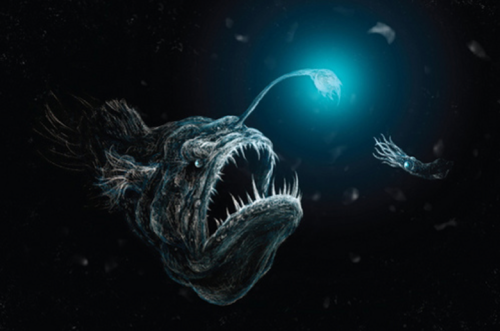
The Stonefish is another prime example of a lazy ocean predator. As its name suggests, this fish looks just like a rock, which helps it blend seamlessly into its environment.
Appearance: The stonefish has a rough, uneven texture, often covered in algae and debris. This disguise helps it stay hidden from both predators and prey.
Feeding Strategy: Stonefish are ambush predators. They bury themselves in the sand or hide among rocks, waiting for smaller fish or crustaceans to come close. Once a potential meal is within striking distance, the stonefish strikes in an instant, using its powerful jaws to engulf its prey.
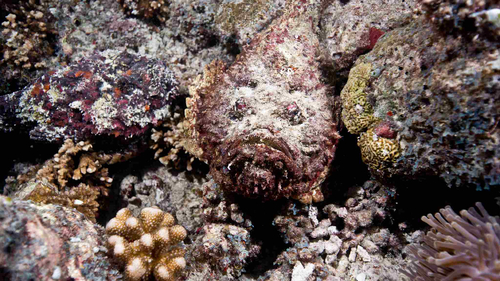
The Frogfish is another master of laziness, renowned for its almost complete inactivity. These fish are slow-moving and often lie motionless for hours or even days at a time.
Appearance: Frogfish are plump, with a flattened appearance and a wide mouth. Their skin is often bumpy or covered in growths to mimic the textures of sponges, corals, or rocks, enhancing their ability to blend in with the surroundings.
Feeding Strategy: Like the anglerfish, the frogfish also has a specialized lure (called the illicium) protruding from its head. It uses this to attract prey such as small fish or shrimp, which it then swallows whole with a quick gulp.
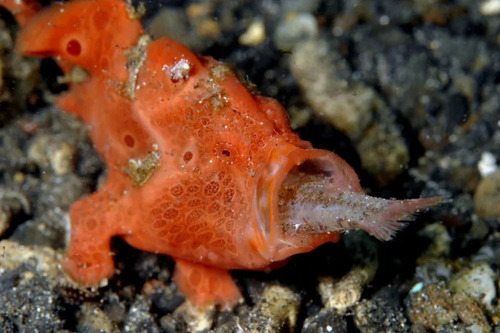
These fish are not lazy by accident—they have evolved to conserve energy and rely on ambush tactics rather than active hunting. The deep sea, where many of these species live, is an environment with limited food availability. By staying still and blending into their surroundings, they avoid expending unnecessary energy and increase their chances of successfully catching prey.
One of the key reasons for the extreme laziness of these fish is energy efficiency. In the deep sea or on the seafloor, food is often scarce. These fish have developed strategies that allow them to maximize their energy intake while minimizing energy expenditure. By staying still and waiting for food to come to them, they avoid the need for high-energy activities like chasing prey.
Another reason these fish can afford to be lazy is their incredible ability to camouflage. Whether they resemble rocks, sponges, or even the seabed itself, these fish are masters of disguise. Their stillness makes it nearly impossible for predators or prey to detect them, allowing them to survive and thrive in their often harsh environments.
Most of these lazy, bottom-dwelling fish are found in the deep ocean or coral reefs. These areas provide the perfect environment for their ambush tactics. The deep ocean, in particular, is dark and cold, with low light levels making it easy for these creatures to blend into the surroundings.
Deep Sea: Species like the anglerfish thrive in the deep sea, where sunlight doesn’t reach, and food is scarce. In this environment, being still and waiting for food is a successful survival strategy.
Coral Reefs and Rocky Seafloors: Species like the stonefish and frogfish are commonly found in coral reefs and rocky coastal areas. These environments are rich in hiding places, which these fish use to ambush their prey.
Despite their effective camouflage and ambush strategies, these fish are not without threats. Larger predators like sharks and groupers may still hunt them, especially if they are disturbed or exposed. However, their main threat comes from human activities.
Pollution: Marine pollution, such as plastic waste and chemicals, can degrade their habitats, making it harder for these fish to find suitable hiding spots.
Overfishing: Some species, particularly those living near coral reefs, are also at risk from overfishing, either as bycatch or as targeted species in commercial fishing operations.
Climate Change: Rising ocean temperatures and coral reef degradation due to climate change can also threaten the habitats of these fish, disrupting their food sources and increasing competition for resources.
Several lazy ocean fish species, especially those living in coral reefs, are now being closely monitored due to habitat loss and human interference. Marine protected areas, such as those around coral reefs, are essential to ensuring that these species continue to thrive. Additionally, raising awareness about the importance of preserving ocean ecosystems helps protect these fascinating and unique fish.
The world of lazy ocean fish like the anglerfish, stonefish, and frogfish offers a glimpse into the incredible adaptability of marine life. While they may not be the most active or attractive creatures, their survival strategies are marvels of evolution. By lying motionless on the seafloor and waiting for food to come to them, these fish have mastered the art of conserving energy while thriving in some of the ocean’s harshest environments.
animal tags: Ocean-Fish
We created this article in conjunction with AI technology, then made sure it was fact-checked and edited by a Animals Top editor.
you may also like

Earth is a planet full of extreme environments, from mind-numbing cold to sweltering heat. With few exceptions, humans live primarily in temperate regions, but a variety of other creatures thrive in inhospitable environments. These organisms are called extremophiles. Here are some examples....
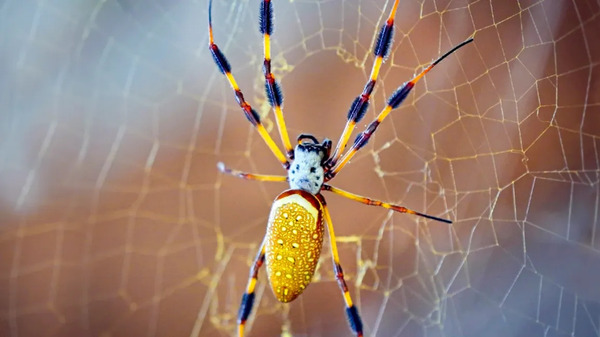
The "banana spider" is one of the most fascinating and misunderstood creatures in the spider world. Known for its venomous bite and its association with banana plantations, the banana spider has earned a reputation that is often far more dangerous than it deserves. In this article, we'...
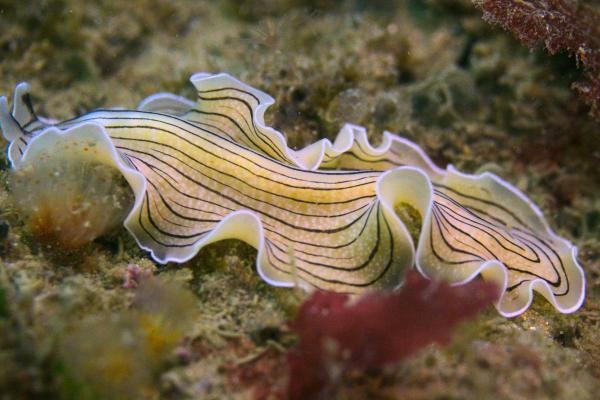
We share the world with countless animals—some so small or hidden that we don’t even notice them. Among them are flatworms, a group of simple but fascinating creatures that include well-known parasites like tapeworms and liver flukes. These organisms belong to their own phylum: Platyhelminthes.In...
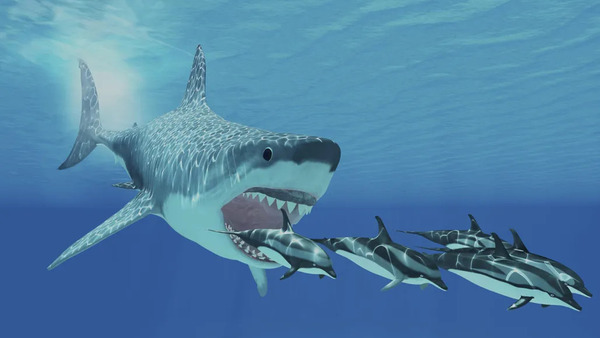
The world is home to an incredible array of animals, some of which inspire awe and fascination, while others provoke fear and anxiety. But what exactly is the most feared animal in the world? The answer to this question is not straightforward, as fear is subjective and can be influenced by personal...
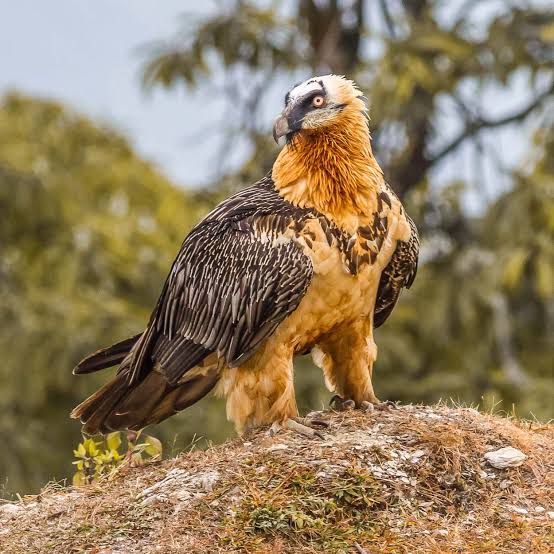
The bearded vulture (Gypaetus barbatus), also known as the lammergeier and ossifrage, is one of the most fascinating raptors in the world. Its distinct appearance, ecological importance, and unique behaviors make it a species worth studying in-depth. Explore the classification, physical characterist...
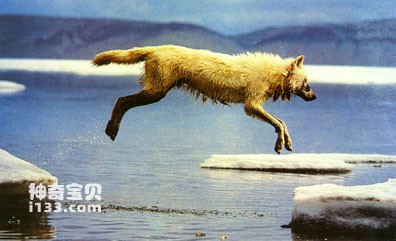
Among the arctic carnivores, wolves are not much larger than foxes and are related to each other, but their prey targets are very different. Although wolves will not let go of small animals such as lemmings and voles that are brought to their mouths, they will always pick them up and eat them...

The extinction of species is a growing concern worldwide. When we ask, “What animals are going extinct?”, we are touching on an important environmental and ethical issue. With habitat destruction, climate change, and human interference taking their toll, many species are teetering on the edge of e...

The red-legged falcon belongs to the vertebrates, class Birds, order Falconiformes, family Falconidae, and genus Falcon. It inhabits open forest areas with dense vegetation at an altitude of more than 2,000 meters. Only two subspecies have been found in the world. They are only distributed in...
Email: jsset668#gmail.com (change # to @) Please indicate your purpose of visit! Guangdong ICP No. 2022053326 XML| map| Chinese

